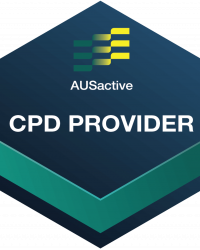Reformer Repertoire
Side Kick Series:
Drop and Catch
Alternate Names
Lift & Lower
Derived From
Mat Pilates: Side Kick Series
Primary Element
Stability
Why for Primary?
To create, develop and connect with the pelvis stabilisation muscles such as gluteus medius and minimus and the deep core transversus abdominis to create pelvis stability and practice hip disassociation.
Secondary Element
Strength
Why for Secondary?
To develop and improve gluteal strength, particularly in the stabilising and hip abductor muscles gluteus medius and minimus.
Tertiary Element
N/A
Why Tertiary?
N/A
Repetitions
8-10 each side
Apparatus Setup
Suggested springs
- Number system: 0.5 spring
- Colour system: 1 x blue spring
- Resistance: light
Foot Bar one position down from vertical, or on many Reformers the top angled position.
Use a ball or cushion under the client’s head for neck support, and use a small hand towel or foam under the client’s underside waist to aim for a neutral position even if lying on their side.
Plane of Motion
Sagittal
Targeted Muscles
To create, develop and connect with the pelvis stabilisation muscles the focus is gluteus medius and gluteus minimus and the deep abdominal muscles transversus abdominis.
To strengthen gluteal muscles in abduction (the lifting phase) the focus is gluteus medius and gluteus minimus.
Warnings
This exercise may be difficult for clients with tight hip flexor muscles, as it may be uncomfortable to sweep the leg forward into deep hip flexion as well as be internally rotated. Try to not bring the leg too far forward and keep the leg up at hip height or higher, with the leg in parallel as an alternative.
It may also be unsuitable for clients with some hip or ankle issues, or who are unable to move in a pain free range of motion.
Execution
Lie on one side, leaning on the forearm of the lower arm with the hands behind the shoulder rests. Place the foot of the top leg into the front strap, bending the bottom leg. Engage the underside oblique abdominal muscles and shoulder stabiliserse to support the torso. Lift the top leg up to hip height and straighten the leg, then internally rotate the leg.
Inhale to lower the foot towards the floor, exhale to draw the foot back to hip height with control.
Observations
Do a body scan of the client taking note of the following points
- Pelvis
- Are the hip bones even vertically or is the client leaning their top hip bone back?
- Is the client neutral with their pelvis, with a gap underneath the underside waist?
- Legs
- Is the top leg knee locked? You’re looking for a soft and straight knee, not dropping inwards and not locked. Have the client reach the knee up slightly to connect more into gluteal stability muscles
- Is the client able to keep the top leg at hip height or higher? Keep the leg lifted to avoid engaging the hip adductor muscles more than necessary
- Feet
- Is the top foot internally rotated with the toes facing downards?
- Apparatus
- Is there tension on the springs the whole time? Or is the carriage crashing to the stopper or ‘park’ indicating a lack of control and a push by the client beyond their ideal range of motion? If the carriage is crashing encourage the client to reduce their range of motion and slow their movement down to focus on controlling the return phase, or reduce the spring load so the client can control the spring.
Learning Style Technique Cues
Auditory – word associations that connect mind and body
- Aim to ‘drop’ the foot down and ‘catch’ it back up quickly with the heel – focusing on a fast movement to strengthen stability muscles as well as abducting at the hip – two roles of the gluteal muscles
- Try to minimise rocking the torso back and forwards
- Say the client’s name when you’re about to interact with them
Visual
- Imagine a piece of string attached to the heel, lifting it back up again when it’s almost touching the ground
- You may demonstrate a part of the movement as a visual representation for the client to see
Kinaesthetic
- The motion of the leg should feel sharp, catching with the heel each time
- Bias most weight into the strap and reach the leg out into the strap
Modifications and Variations
Regress the exercise by
- Reducing repetitions and/or pace
- Reducing the range of motion so the client can focus on pelvis stability without the hip flexors taking over
- Working on Side Kick Series: Circles
Progress the exercise by
- Increasing the spring settings to one red spring
- Adding variations such as pulses, external or parallel
- The exercise can also be progressed by bringing the working leg further forward and aiming for smaller, higher and more precise movements
- Progress towards
- Leg Work: Side Splits to increase the focus on abduction
Series and Transitions
This exercise is part of the Side Kick series which includes a range of other exercises in the fundamental and progressive repertoire. The Side Kick series can also be found in the Mat and Cadillac repertoire.
Maintain the focus on hip abduction by working into the Leg Work: Side Splits exercise, or alternatively take the top foot out of the long strap and place it over the shoulder block or hook, before rolling onto the back to move into a supine gluteal stretch.

